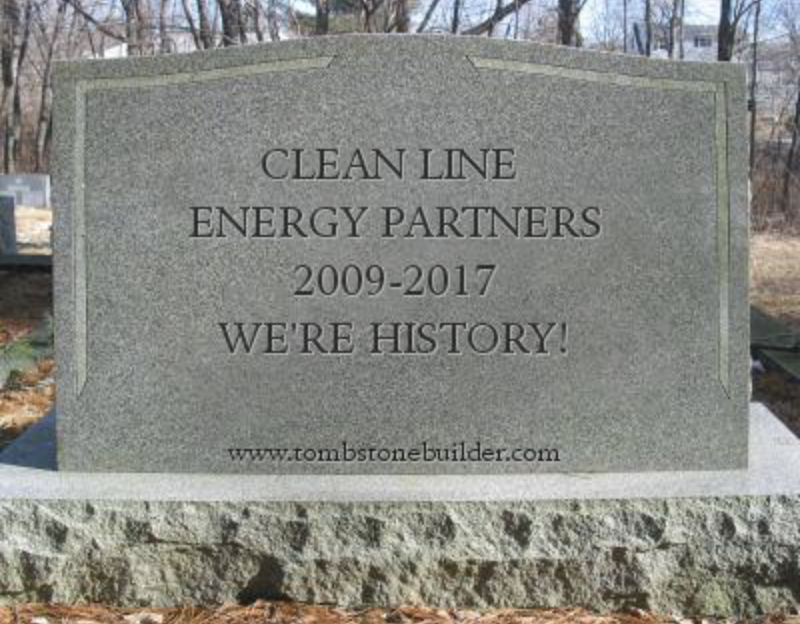"A public utility has the obligation to serve everyone within its service territory, and to charge the same rate to all similarly situated customers. On the other hand, as a non-public utility, Grain Belt has the right to negotiate the best deal it can get with individual utility and other customers, and to negotiate with those who are most likely to pay it the highest price and different prices for the same service. This is discriminatory and does not meet public utility requirements under Missouri law,” said Phil Brown, an attorney with EMLA.
GBE’s own studies show that Missouri already has excess generating reserves. And GBE would not help any utility in the state to meet Missouri’s renewable energy requirements. GBE could slow down the development of renewable energy resources in Missouri by replacing them with imported renewables from other states. Landowners also point out that GBE has yet to attract commercial interest. No investor-owned utility or rural electric co-op has signed on with Grain Belt. Without customers paying sustainable rates, GBE is not economically feasible and cannot be built.
The battle now also shifts to counties crossed by GBE, who have authority under state law to deny GBE from crossing the counties.
Wiley Hibbard, Presiding Commissioner of Ralls County said, “Ralls County has put a hold on granting assents until the development of our 229.100 application process is complete. Knowing that the commissioners of each county have the most thorough knowledge and understanding of how these projects will affect their counties, the Missouri Association of Counties (CCAM) has again passed a resolution advising members of the Missouri Legislature to protect and preserve Mo Rev. Statue 229.100.”
The Missouri legislature is also taking action on GBE. Rep. James Hansen has introduced legislation, House Bill 1062, to prevent the use of eminent domain by non-public utilities.
“I remain committed to Missourians in ensuring that eminent domain is not used by non-public utilities for profit,” said Rep. Jim Hansen. “I have introduced legislation that will close this gap in existing law and will work expeditiously to shepherd it through the legislature,” he continued.
The project still faces many hurdles before it can be built. The Missouri PSC is investigating whether to approve the sale of the project to Chicago-based Invenergy. Kansas officials are engaged in a similar process. The cases are not expected to be resolved until mid-summer, or later.
GBE must also re-apply for a permit to cross Illinois, after having an earlier permit revoked by an Illinois appeals court, which ruled that GBE was not a public utility under state jurisdiction.
“Given the uncertainty of the project in Illinois, we wonder if Invenergy actually intends to build this project across Kansas, Missouri and Illinois to a connection point in Indiana that ties into lines that serve east coast states,” Jennifer Gatrel, spokeswoman for Block GBE-Missouri. “Invenergy has been very mysterious about its intention.”
“We urge landowners and opponents of GBE to circle the wagons and gain strength from each other during this period of uncertainty,” said Russ Pisciotta, president of Block GBE, a statewide organization of opponents of GBE.
Pisciotta said they are working on an information packet for landowners that aims to provide some guidance on possible future steps, as well as a review of landowner rights under the law on GBE wanting to take their land. Landowners who do not receive a packet are urged to contact Missouri Landowners Alliance, Block GBE, or Eastern Missouri Landowners Alliance.
“This is far from over,” said Marilyn O’Bannon, spokeswoman for EMLA. “This battle is young yet. Anything can happen. Landowners are urged to exercise great caution when interacting with GBE’s representatives.”
MLA and EMLA recommend that landowners not sign any document related to an easement on their property without first reviewing it carefully, preferably with advice from an attorney.


 RSS Feed
RSS Feed